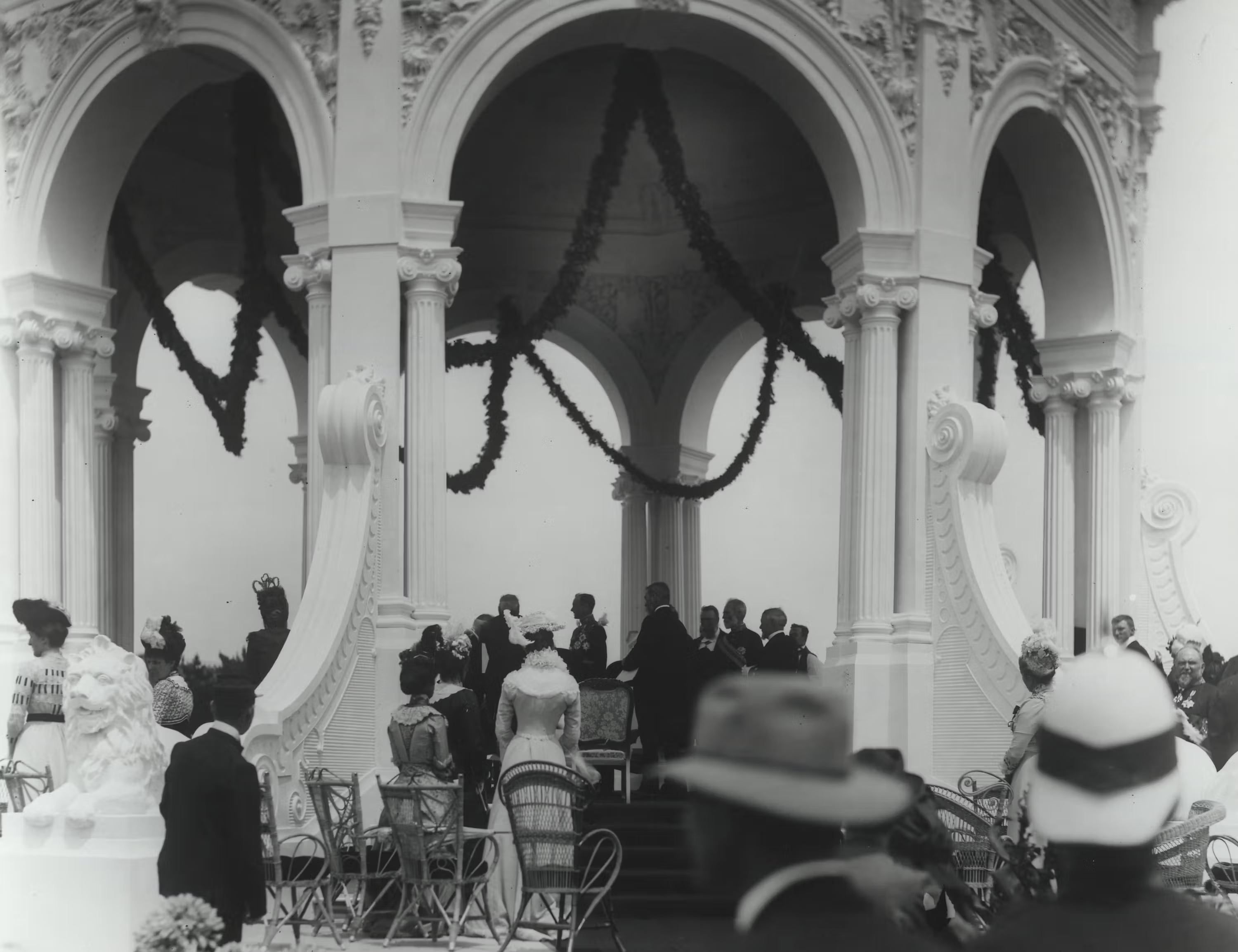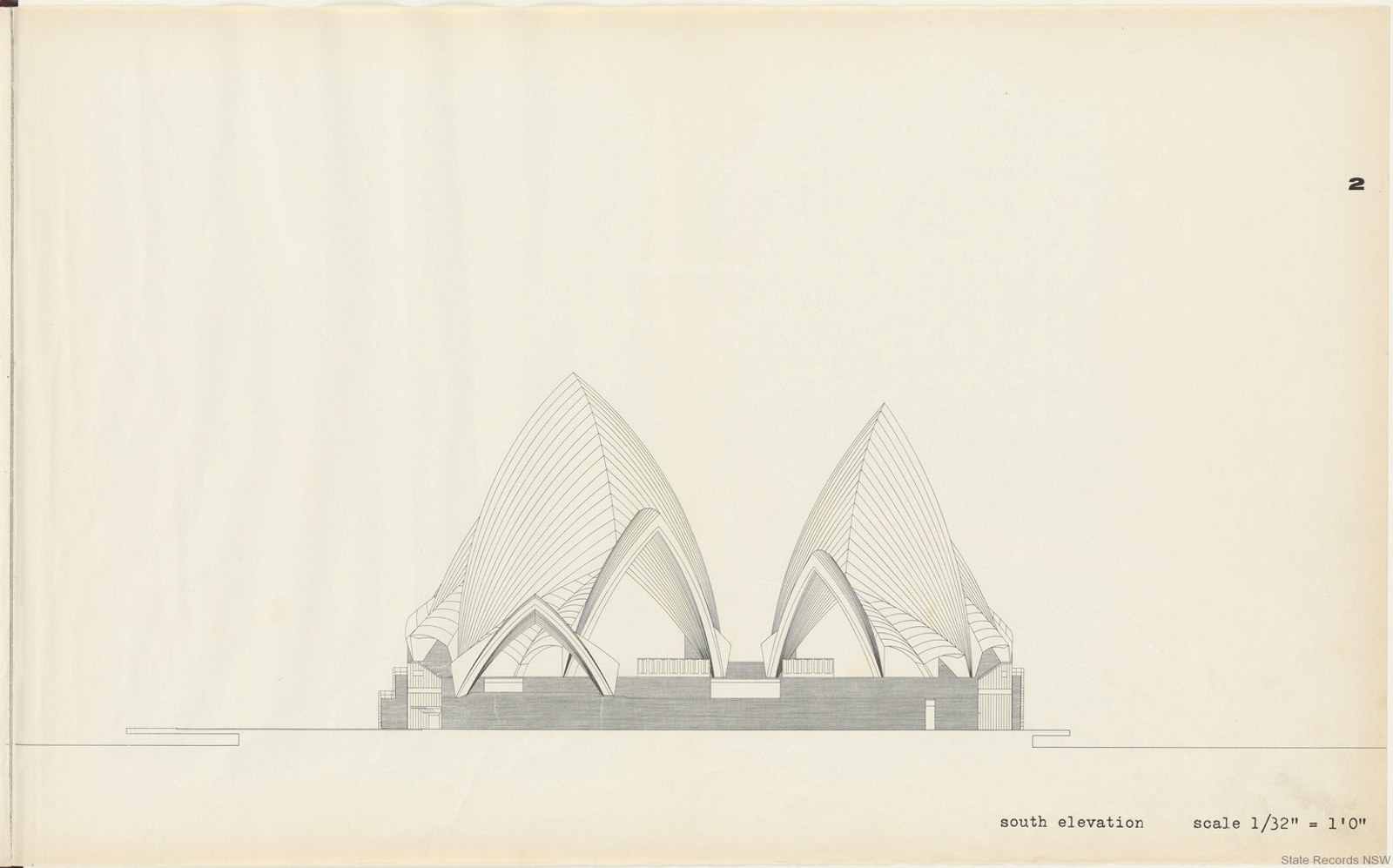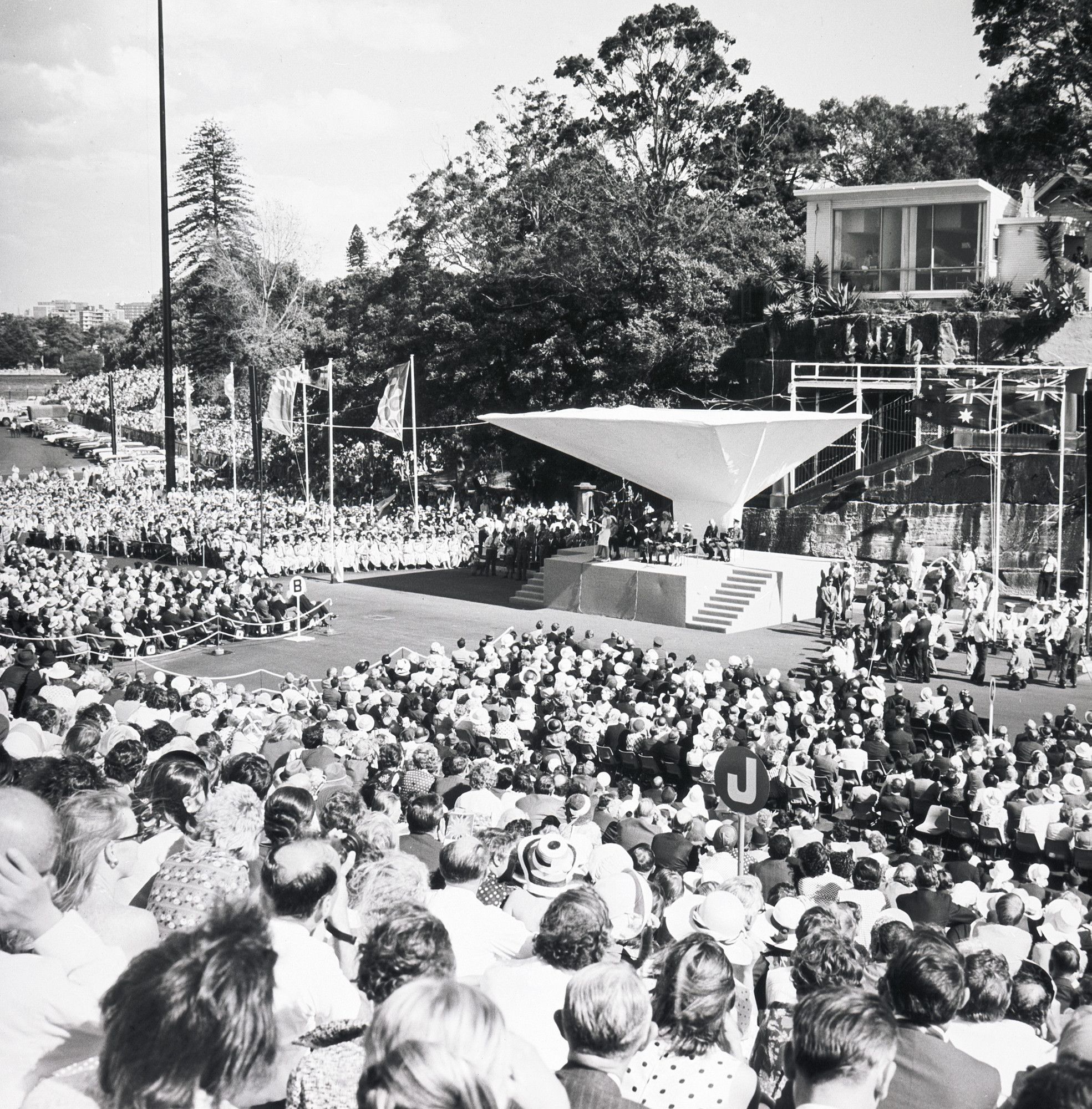Empire Day / Commonwealth Day
A chance find while searching the series Premier's Department, Unregistered Papers and Pamphlets [4/6251] (NRS-12172) revealed a bundle of records containing Empire Day programs for several years between 1905-1915. Along with the colour programs the bundle contained correspondence relating to Empire Day 1906.
It raised the question for MHNSW staff: what was Empire Day?
A quick search of a reference publication - The Oxford Companion to Australian History - tells us that Empire Day was held on 24 May and honoured the British Empire. From 1905, a range of patriotic activities across Australia were performed on this day. There was a focus on schoolchildren, who were given a half-holiday at the conclusion of celebratory activities, and the occasion was often highlighted with fireworks in the evening.
What does our collection reveal about this vanished celebration?
The Collection Search
- A search using the phrase ‘Empire Day’ returned record series mostly related to schools. Useful finds included:
- NRS-4474 Samples of items printed on special occasions - Box 1/265, Empire Day programmes, 1905-1917
- NRS-15051 Photographic collection - several items, 1 Jan 1963-31 Dec 1991
- NRS-4351 Building files [B files], c. 01 Jan 1936,
- B3167/1, Empire Day Arrangements for Empire Day Observance in Martin Place, 2 Apr 1956-5 Apr 1965
- Photo search results with the same phrase returned many results, and
- Finally on our Subjects A-Z page under Special Bundles we found NRS-10923: Police special bundles, 1846-1963 which listed the record Empire Day, 1914 [10/1827 pt]
The records provide a wealth of information on the importance once attached to celebrating Empire Day.
Photos from Empire Day
These examples below are from NRS-15051 and show school children celebrating the day in different ways, including the wearing of costumes, two pageants, and a banquet. Included is a fantastic image of large a display, with school children forming a field-sized British flag in 1909.
Premier's Department records
NRS-12172 Premier’s Department, Correspondence Unregistered Bundles, [4/6251] includes:
- Details of the activities of the first celebration in 1905, and suggestions for the 1906 event from The British Empire League in Australia (see below images for both)
- A summary of the 1905 celebrations, as well as a summary of what the day should signify for future years communicated by Premier Joseph Carruthers in 1906
- Information on the origin of the date (24 May) being Queen Victoria’s birthday
- An order of proceedings for a ceremony at the Royal Exchange, Sydney
- Additional programs for Empire Day celebrations in various years
Programs and brochures
From programs in NRS-4474, Samples of items printed on special occasions, Box 1/265 includes: Empire Day programs, 1905-1917, we learn:
- The day was celebrated with a focus on state schools and the flying of flags
- Empire Day activities included public addresses by officials, bands playing, military parades, church services
Police Special Bundles
The records in NRS-10923, Police Special Bundles, 1846-1963, [10/1827 pt] Empire Day, 1914, inform us that:
- Empire Day was proposed at the conference of Prime Minister and State Premiers, Hobart February 1905 in a submission by J H Carruthers, Premier of NSW (see the 1905 pamphlet relating the the purpose of Empire Day below). It had previously been promoted by the council of The British Empire League in Australia, with the idea being for those people who “enjoy the protection of ‘the Union Jack’ should unite in a patriotic display, and a sympathetic manifestation of common loyalty” (see the below 1905 appeal from the British Empire League in Australia)
- The large display in 1909 (see above photograph)was a Public Schools Demonstration (metropolitan and suburban schools) held at Sydney Cricket Ground 24/5/1909, and attended by about 25,000 (see below letter from the SCG Secretary)
- The tradition of a demonstration held in Martin Place outside the General Post Office was established in 1905
- The NSW Police Band played patriotic songs in the city at various locations
- “National and patriotic airs” were to be played “by bands in the Public Parks and Squares during the afternoon and evening” throughout the state
Further searching
The records in NRS-4351, Building files [B files] B3167/1, Empire Day Arrangements for Empire Day Observance in Martin Place, 12 Apr 1956-05 Apr 1965, tell us that:
- Empire Day became Commonwealth Day between 1958-1959.
- Arrangements for the observance of the day in Martin Place changed little in the ten years between 1956-1965 and involved a march and demonstration with seating for around 200 persons
Lastly, after further searching for ‘Commonwealth Day’, we found the following interesting record.
NRS-3830, Subject files [Department of Education], 1876-2005 - [67/21251 pt1], Commonwealth Day activities which reveals:
- The name was changed to (British) Commonwealth Day in 1958 following the decolonisation of the British Empire after the London Declaration in 1949
- The 24 May date was changed to the official date for the birthday of Queen Elizabeth II (the second Monday of June) in 1966 (see below letter of confirmation dated 18 April 1966)
- A message from Queen Elizabeth II on Commonwealth Day 1969, directed at young Australians dated 13 June 1969 (see this message below)
- A 1970 report on the popularity and significance of the holiday showed it in decline by late 1960s (see report below)
In searching through the State archives, we now know a lot more about what Empire Day was, its history, and how it was celebrated in New South Wales.
Author
Rhett Lindsay, Archivist, Collection Services
Published on
Related

Celebrating federation
The Commonwealth of Australia was proclaimed on 1 January 1901. The Federation Pavilion in Sydney’s Centennial Park was the focus of the inauguration ceremonies and a five mile procession through the decorated streets of Sydney was greeted by large crowds

First Nations
Day of Mourning
January 26 has long been a day of debate and civic action. Those who celebrate may be surprised of the date’s significance in NSW as a protest to the celebrations of the anniversary of the arrival of the First Fleet on what was then “Anniversary Day” in NSW

The Sydney Opera House Books
Significant publications and reports on the Sydney Opera House project, including the rules for the design competition, plans, drawings and photographs at various stages of the construction
